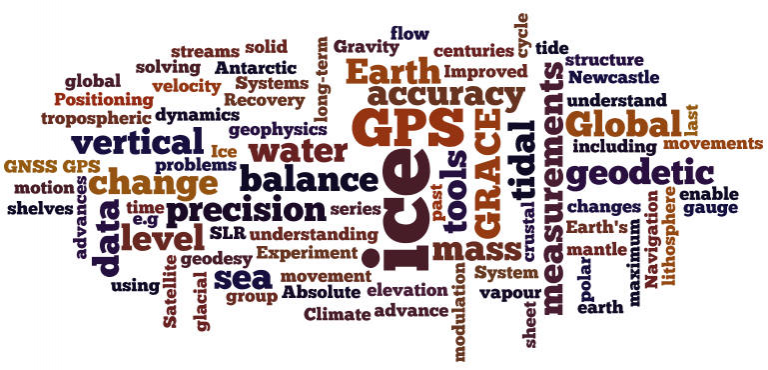
A lecture by Professor Matt King from the University of Tasmania, supported by the Australian Institute of Physics and the UTAS School of Maths & Physics.
Recent estimates of Antarctica’s contribution to recent sea level change have varied from a small, negative contribution to a substantial, positive contribution. This lack of consensus is clearly an unsatisfactory situation. Some of the variation relates to time-variable mass loss but much spans from technique-specific differences that are poorly quantified.
One particularly promising technique uses inferences of ice mass change from space-based measurements of Earth’s time-variable gravity field. The Gravity Recovery and Climate Experiment (GRACE) has been running since 2002 , producing approximately monthly estimates of Earth’s gravity field. However, obtaining estimates of ice mass change from GRACE data first requires the removal of other mass change signals, such as those within the atmosphere, ocean and solid Earth, and it is the latter – known as glacial isostatic adjustment (GIA) – that is the most problematic. This talk will discuss how errors in GIA have been assessed and are being addressed, and show how new models and measurements of GIA are yielding new insights into ice sheet contribution to sea level, past ice sheet changes and even the structure and rheology of Earth.
